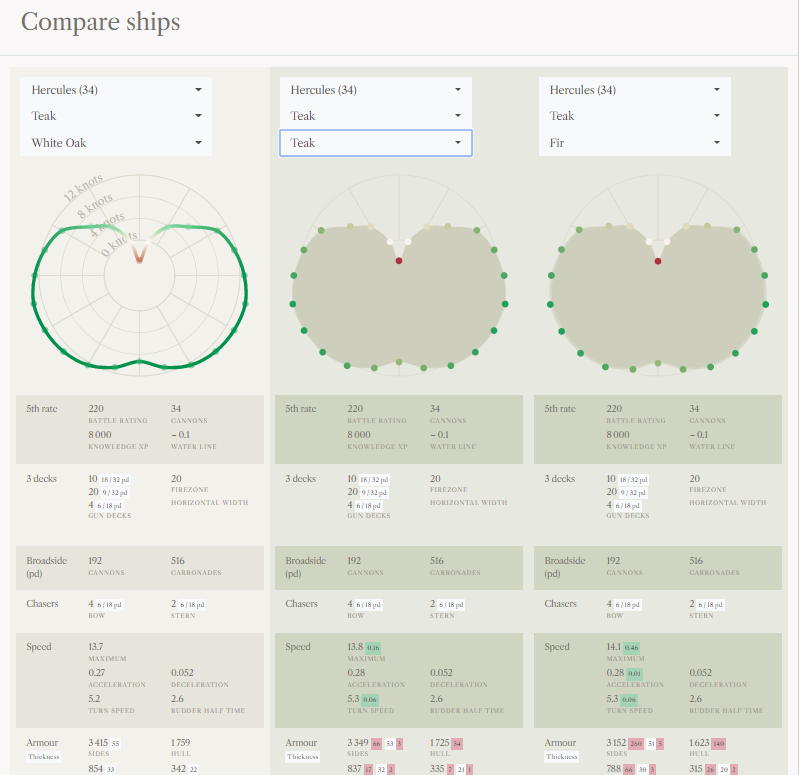

Of the 50 Drinking Water Source Areas in the Coast Range, 10 have had more than 50 percent of their forests cut in the past 10 years and 18 have at least 10 percent of their forests approaching common harvest age, having been cut 20 to 30 years ago. Many coastal source water areas, whether privately- or publicly-owned, host a higher percentage of recently-harvested forest land than other ecological zones across the state.Īs seen in the map above, 94 percent of Drinking Water Source Areas in the Coast Range are forested, with 35 percent of those forested areas having recently been cut. Then, layering satellite imagery from the last 30 years, we created maps that show the cumulative harvest in each DWSA. This recent and far more extensive picture of Oregon’s watersheds is a compilation of publicly-available demographic, ecological, and topographic data, forest age, and land ownership information for all 154 of Oregon’s DWSAs. This inspired a collaboration with the Northwest Community Forest Coalition and Sustainable Northwest, with support from Meyer Memorial Trust, to gain a more comprehensive understanding of water security in the state, and put that information in the hands of communities. Partners were interested to see if findings were similar for the whole state of Oregon and the coast in particular. Many of the watersheds we analyzed have areas ripe for restoration and protection. We then identified areas that had not been cut in the past 20 years on publicly- and privately-owned land.īased on common harvest rotations on private land, forests that had not been cut are likely to be most vulnerable to harvest now. Using Landsat imagery (space-based moderate-resolution land remote sensing data and imagery), we identified all areas of forestry activity that included clearcut harvest. We looked at 17 forested drinking watersheds in this region and quantified how much of each had been harvested over the past 20 years. In 2015, we began analyzing drinking water security for communities on the north coast of Oregon and southwest corner of Washington. Endowment for Forestry and Communities, laid the groundwork for this approach. Our earlier research, supported by the U.S. While the Department of Environmental Quality provides resources related to source water protection, we saw a gap in available information that illustrated the correlation between surface drinking water, land ownership, and past and potential future timber harvest activity. To protect drinking water, the Oregon Department of Environmental Quality established Drinking Water Source Areas (DWSAs)-geographic designations that indicate where surface water flows before being delivered to communities-throughout the state.ĭeveloping local strategies to protect their DWSA is one of the best ways Oregonians can address the array of potential pollution sources, ensure safe drinking water, and minimize future treatments costs. And, since so much of our surface water comes from forests, the location, method, and scale of timber harvests play a part as well. Riverbank erosion, road-building near streams, boat ramps, and agricultural chemicals-fertilizer, herbicides, and pesticides-are all potential sources for contamination. Surface water is vulnerable to a variety of pollution sources: Steep forest slopes prone to landslides, eroding stream banks, and fires can lead to spikes in sedimentation.
Naval action map tools full#
In fact, surface water, the kind that comes from forest streams, rivers, and lakes, provides a full 70 percent of all water used in the state, with 163 communities dependent on this water to fill their daily needs. I'll check and correct contradictions in §8 and §9.A majority of Oregonians depend on forests for their drinking water.
Naval action map tools how to#
Our Clan need a port but I can't figure out how to get it. like I say i might be thick but I can't get my head around the PB thing. Flag statement in paragraph 8 is contradicted in paragraph 9 bt saying the clan who built up the hostility get's the ownership. Clearly the PVE never involves meeting any player in battle but the mechanic's to start the PB and all that is rather confusing reading the different sections of the manual. Maybe also point out the difference between the PVE and PVP. So if someone or you have the info on how it works in the PVE today would be much appreciated. All the info I find by google and other search methods points me to ton and tons of outdated material.
Naval action map tools manual#
The info in the manual is spread out and it's clearly pointed to PVP. Now I play on a PVE server and what I miss is a basic list of how to initiate and start a Port battle. Originally posted by Metal_121:Great Manual.


 0 kommentar(er)
0 kommentar(er)
